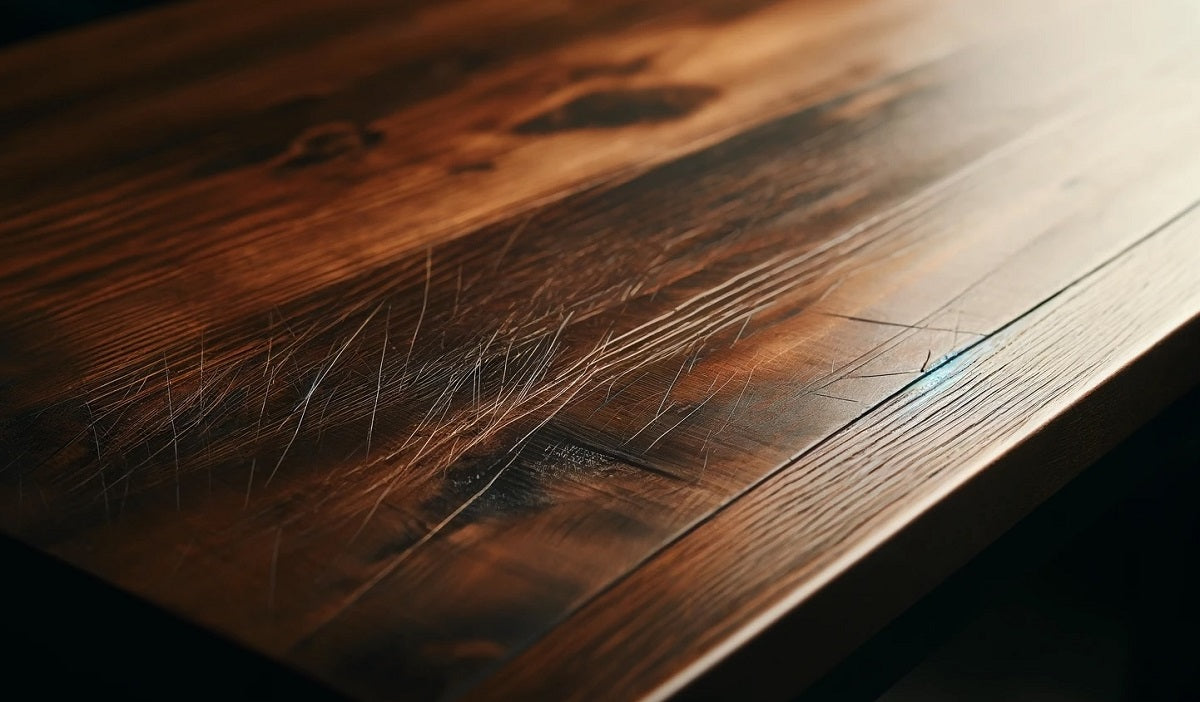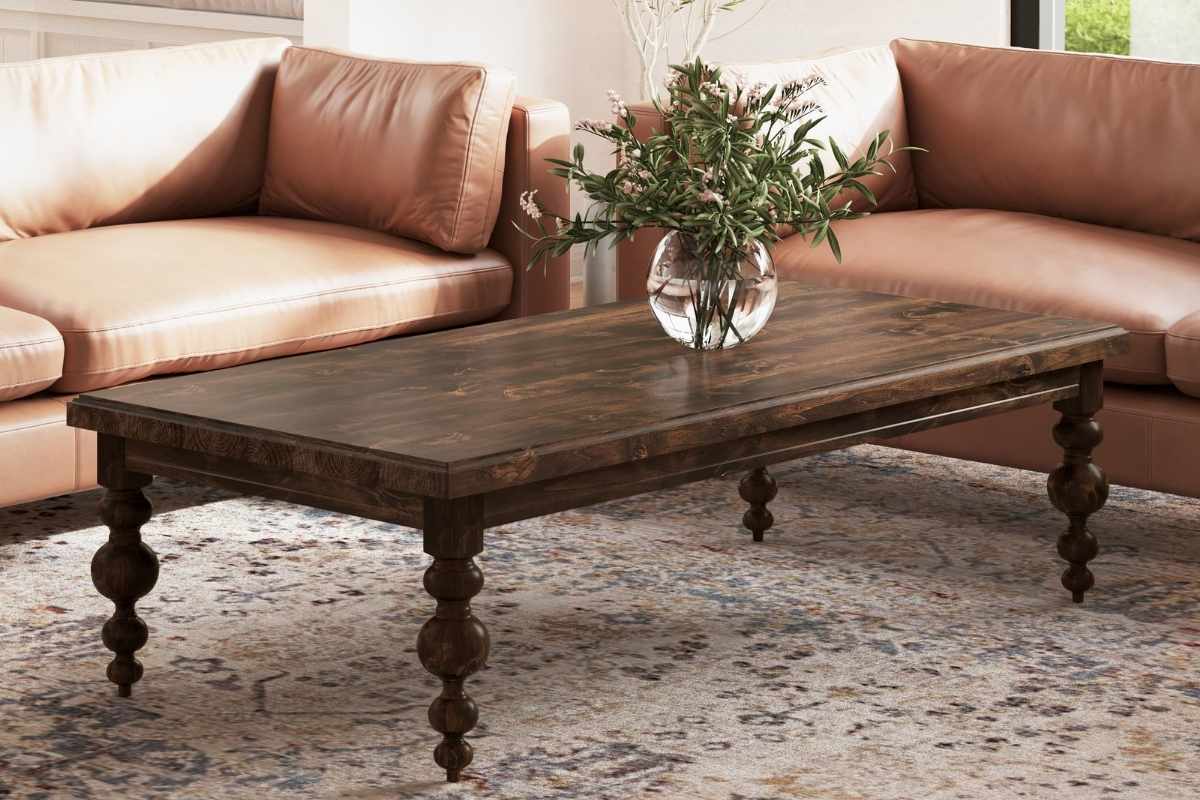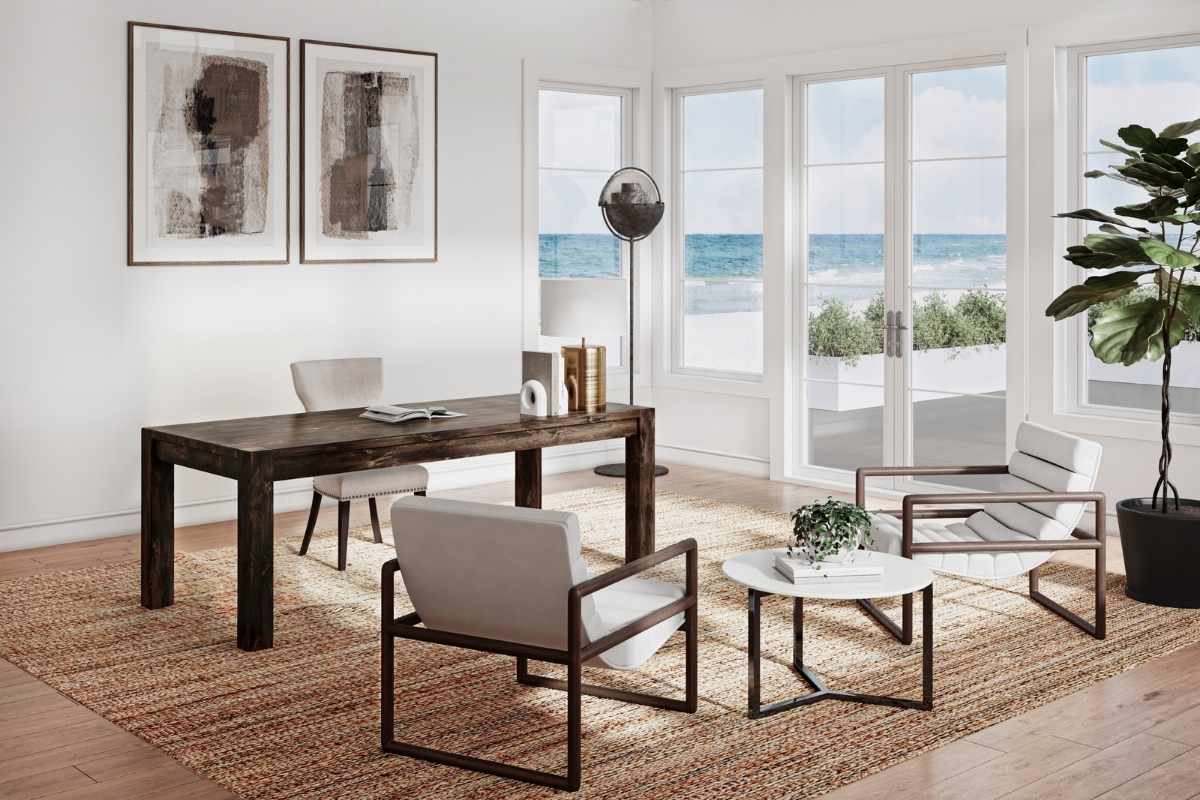How to Fix Scratches on a Wood Table

A wood table is a timeless and gorgeous addition to any home. Whether it’s a statement-making dining table or a small, cozy coffee table, wood furniture adds warmth, character, and a touch of understated luxury to your space. However, while wooden furniture is undeniably beautiful, it isn’t indestructible. Over time, scratches, dents, and other imperfections can appear on your favorite table, often detracting from its overall charm.
Fortunately, scratches or blemishes don’t mean the end of your table. With a little DIY effort, the right tools, and some basic know-how, you can repair scratches, refinish your wood furniture, and restore your table to its original beauty. This guide walks you through everything you need to know about fixing scratches on a wooden table, from understanding the types of damage to exploring effective repair methods.
Understanding Wood Table Scratches and Damage
Before grabbing sandpaper or refinishing tools, it’s important to understand the types of scratches and damage that can affect your wooden table. Knowing what you’re dealing with will help you choose the best DIY repair method.
Types of Scratches
Scratches on a wood table fall into two main categories: superficial scratches and deep scratches.
Superficial scratches: These are light, surface-level marks that only affect the table’s finish. They don’t penetrate the wood itself and are often easy to fix with quick, DIY methods.
Deep scratches: These are more intense gashes that go beyond the finish and into the wood. You can feel these scratches clearly when you run your hand over the table top. Repairing deep scratches often requires more advanced techniques, such as using wood filler, sandpaper, or even refinishing the table entirely.
Common Causes of Scratches
Scratches and dents on a wood table can come from a variety of sources. Understanding these causes can help you prevent future damage:
-
Everyday use: Plates, cutlery, board games, and even fingernails can leave marks on your table top over time.
-
Pets: Cats and dogs can unintentionally scratch your wooden table with their claws, whether they’re playing, jumping, or simply running across it.
-
Accidents: Dropping heavy objects, spilling liquids, or dragging items across the table can cause deeper scratches or dents.
-
Improper care: Failing to clean your wooden furniture regularly or using abrasive cleaning tools can lead to scratches and wear.
DIY Methods to Repair Scratches on a Wooden Table
No matter how those scratches appeared, your table deserves a second chance. Luckily, you can repair many types of scratches with simple DIY techniques and tools you may already have at home.
Oil and Vinegar Method
For small, superficial scratches, grab some vinegar and vegetable oil from your pantry. This easy DIY method is great for restoring the finish of your wood table:
-
Mix 1 part vinegar with 3 parts vegetable oil to create a scratch-removing solution.
-
Clean the table top with a soft cloth to remove dirt and debris.
-
Apply the vinegar-oil mixture with a lint-free cloth, focusing on the scratched areas.
-
Let the solution sit for a few minutes, then wipe it off with a clean cloth.
This method works by cleaning the surface with vinegar and filling in the gaps with oil, leaving your table looking refreshed.
Using a Walnut for Tiny Scratches
Believe it or not, a raw walnut can work wonders on very shallow scratches. The natural oils in the walnut fill in surface-level marks, blending them into the wood finish. Simply rub the walnut over the scratch, then use your finger to press the oil into the wood.
Sandpaper and Refinishing for Deep Scratches
For deeper scratches or gouges, you’ll likely need to use sandpaper and refinish the affected area. Here’s how:
-
Gently sand the scratch with fine-grit sandpaper, making sure to smooth out the edges without damaging the surrounding wood.
-
Apply a wood stain or finish that matches your table’s color to blend the repair.
-
Let the stain dry completely, then seal the area with a protective coating like polyurethane for long-lasting results.
This method requires a bit more effort, but it’s highly effective for restoring the look of your wooden table.
Wood Filler for Gouges and Dents
If you’re dealing with deep scratches or dents, wood filler is a great DIY option. Choose a filler that matches your table’s color, stainable or water-based fillers work well for indoor furniture. Follow these steps:
-
Clean the surface and ensure the scratch or dent is free of dirt.
-
Apply the wood filler with a putty knife, smoothing it over the scratch.
-
Let the filler dry, then sand it down until it’s flush with the surrounding surface.
-
Apply a matching stain and finish to complete the repair.
-
Wax Fill Sticks and Furniture Markers
For mid-sized scratches or gouges, wax fill sticks and furniture markers are quick, effective tools. Simply match the color of the stick and marker to your table’s finish, then fill in the scratch with the wax and blend it with the marker.
Preventing Future Scratches and Damage
Once your table is looking good as new, take steps to keep it that way. Preventative care will help protect your investment and avoid the need for frequent repairs.
Choose Durable Woods for Your Furniture
Harder woods are more resistant to scratches and dents. Consider durable options for your wooden table, such as:
-
Oak
-
Walnut
-
Teak
-
Cherry
-
Mahogany
For example, the Knotty Alder Round Top Heirloom Pedestal Table by James&James is crafted from durable wood that can stand up to everyday wear and tear.
Maintenance Tips for Your Wooden Table
-
Regular cleaning: Wipe your table with a soft cloth to remove dirt, crumbs, and debris that can cause scratches.
-
Use placemats and coasters: Protect your table top by preventing direct contact with dishes, cups, and utensils.
-
Apply a protective finish: A durable finish, like polyurethane, adds an extra layer of protection to your wooden furniture.
When It’s Time for a New Table
If scratches or dents have left your table beyond repair, it may be time for a new piece. At James & James, we offer hand-crafted custom wood tables, including dining room tables, designed to last a lifetime. Whether you need a dining room table, coffee table, or end table, our collection has the perfect centerpiece for your home.
Explore our table collection today and find a dining room table that fits your style and stands the test of time.




0 comments
Add a comment